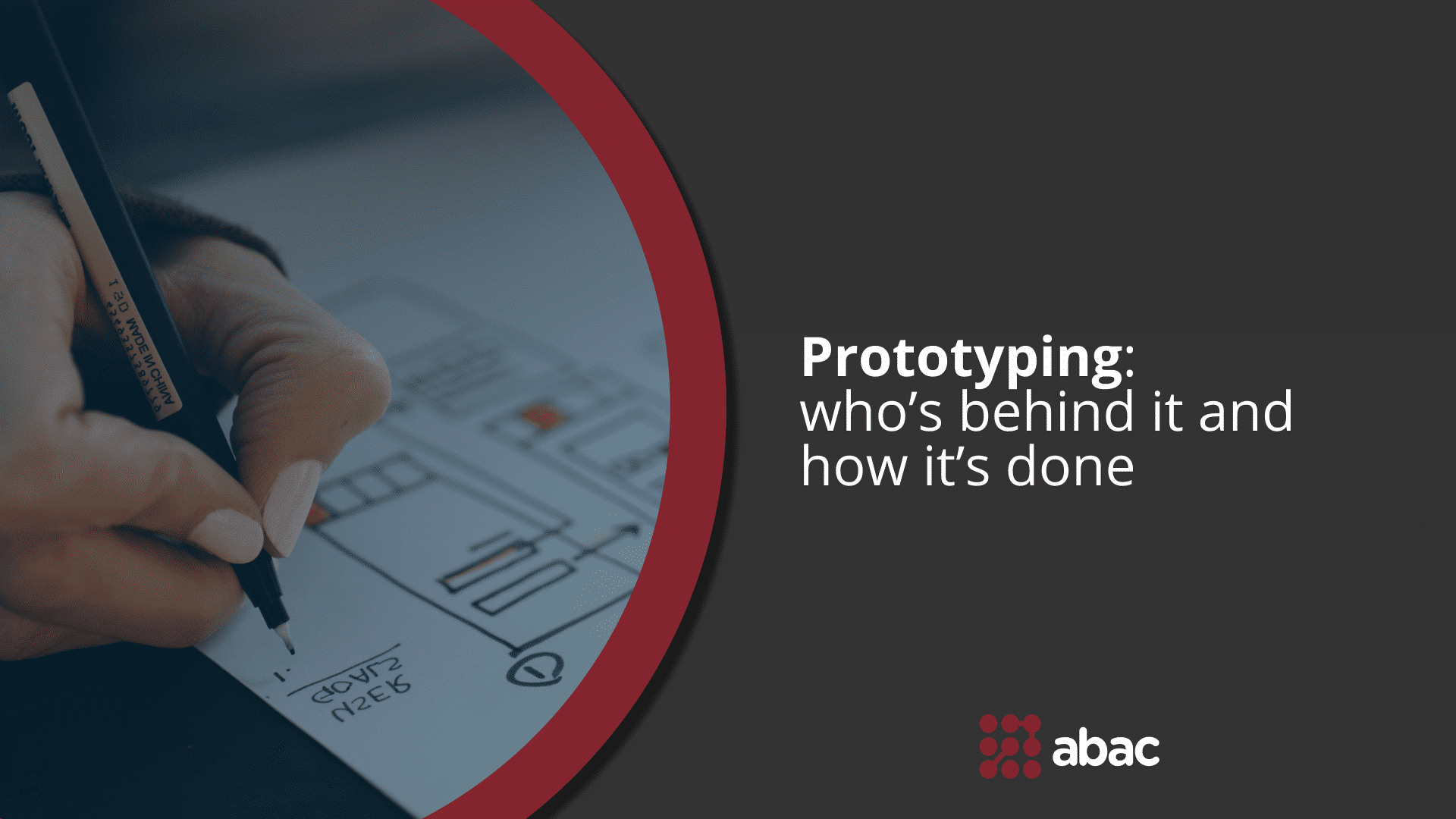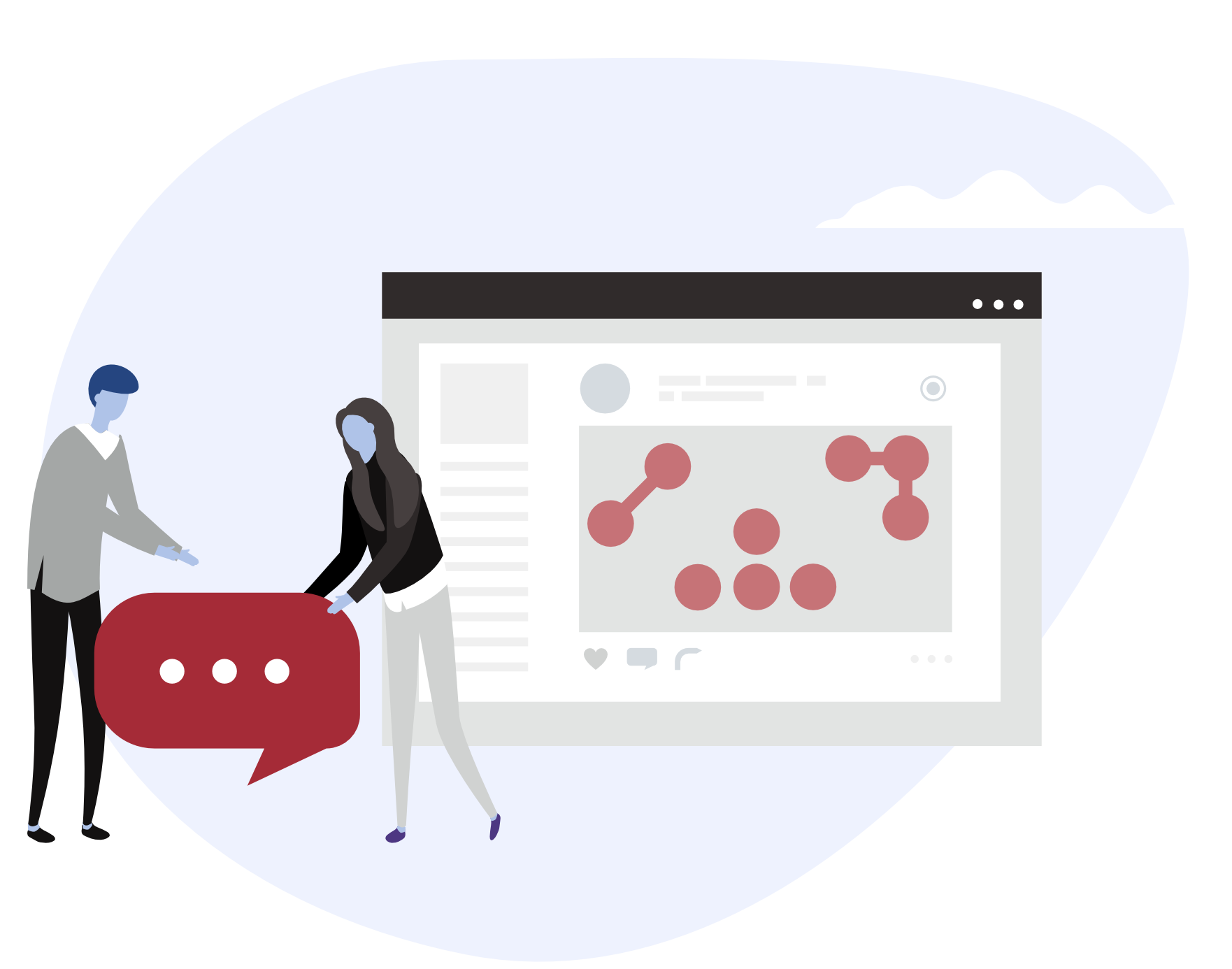TL;DR. Generally speaking, being able to visualize an end result creates a clearer roadmap for getting to that point. Today’s topic is no exception to that. Moreover, a prototype chases away many of the misunderstandings between the development team and clients, saving up time, money and efficiency. If one more benefit is needed, here it goes: a good prototype will provide an intuitive app to the end user.
What is it
A software prototype is a product that offers a preview of an app’s design, features and experience. Using tools such as Adobe XD, Figma or platforms such as justinmind, software companies can show their clients what their idea would look like.
At the same time, prototypes show clients what can and cannot be done, thus bringing their expectations to a more realistic level.
Why is it relevant
In software development, the prototype, architecture and development are the main pillars of a great product. So a prototype serves as the foundation for building robust software.
At abac, the software prototyping part is broken down into two steps: first, the business analyst extracts the most important functionalities from the client; then, the UI/UX designer starts his magic.
Who is the business analyst? He functions as the bridge between stakeholders and the development team, translating business needs into technical requirements. The BA meticulously analyzes gathered requirements, identifying potential gaps, contradictions, or ambiguities. He documents the requirements in a clear and structured manner, creating a foundation for the entire development team to work from.
The BA validates requirements by verifying that they meet business needs and technical constraints. He plays a crucial role in ensuring that the project is viable.
Who is the UI/UX designer? The designer is the person who brings creativity and user-centricity to the software development process. His primary focus is on creating intuitive and visually appealing user interfaces. He is responsible for crafting the overall user experience, ensuring that the software is easy to use, efficient, and enjoyable. He considers user personas, workflows, and usability principles to design intuitive interfaces. At the same time, he focuses on the aesthetics and layout of the application. He chooses color schemes, typography, and visual elements that align with the project’s branding and create a visually appealing interface.
Prototypes facilitate early feedback from stakeholders. By interacting with a software prototype, stakeholders can provide valuable insights and suggest improvements before development begins, reducing the likelihood of costly changes later in the process.
A prototype can be simple or complex!
Low-fidelity prototypes do not look pretty. Because the purpose is a practical one, not an aesthetic one. Imagine you’re building a model of a car using cardboard and basic shapes like squares and circles. It’s a simple and rough representation of a car, just enough to get an idea of what it might look like. Low-fidelity prototypes are like sketches or basic drawings of a product or app. They are quick and easy to create and are used early in the design process to test concepts and gather feedback.
The high-fidelity prototype is a different story – this one will pretty much show how the end product will look like.
Now, think about building a model of a car using real materials like plastic, with realistic details like working doors and wheels. It’s a much more detailed and polished representation of a car, almost like the real thing. High-fidelity prototypes are like fully colored and detailed drawings or even functional mockups of a product or app.They include a lot of realistic elements, such as colors, fonts, and interactive features. High-fidelity prototypes are used when you want to closely mimic the final product to test how it will look and work in a very realistic way.
As seen above, it is not a best practice to start with a high-fidelity prototype: it may prove to be a risky move and the danger to go along with your own assumptions is high.
In terms of best practices when it comes to building a prototype, research is important. Research the profile of your end user: for example, is he a Microsoft user or an iOS user? This way, important decisions can be made regarding what journey is intuitive for the users.
Therefore, the UI/UX designer has a few tricks up his sleeve:
- uses psychology in order to explore how people think, learn, remember, and make decisions. UI/UX designers draw on cognitive psychology principles to create interfaces that align with how users process information. For example, using clear navigation and minimizing cognitive load (the mental effort required to use the app) are crucial considerations.
- creates an emotional design: Emotions play a significant role in user experience. Designers aim to create interfaces that elicit positive emotions and minimize negative ones.
- keeps in mind behavioral patterns: Designers also study user behavior within an app through analytics tools. These tools provide insights into how users navigate, where they drop off, and which features they engage with. Understanding these behavioral patterns helps in refining the user experience.
Pros
Long story short, a prototype’s biggest purpose is to clarify the work that will be done before the work starts. Long story long:
- prototypes tackle risk management. Prototyping isn’t just a fancy word; it’s your secret weapon against project pitfalls. Think of it as your roadmap to avoiding those dreaded development potholes when no one knows what to do next. Prototypes solve this issue.
- prototypes provide early feedback. Some ideas are hard to explain in words. This is why a prototype is a perfect medium for collecting user feedback early and for making design decisions, before having the actual software built.
- prototypes reduce costs. Having some decisions made before the costly development endeavor is underway is a great way to optimise for a given budget. Software Prototyping saves you time (and money) by zapping issues before they become a costly “Oops!”.
- prototypes provide speed. Prototypes allow you to collect feedback faster, iterate faster and decide faster. Software Prototyping turbocharges development, putting you on the fast track to software stardom.
Cons
The time spent in creating the prototype is too small of an inconvenience for the plethora of advantages it provides, as listed above.
Conclusions
In the complex world of software development, the role of a prototype is indispensable.
Prototypes bridge the gap between requirements and design, ensuring that the final software product not only meets business needs, but also delights users with its usability and aesthetics.

